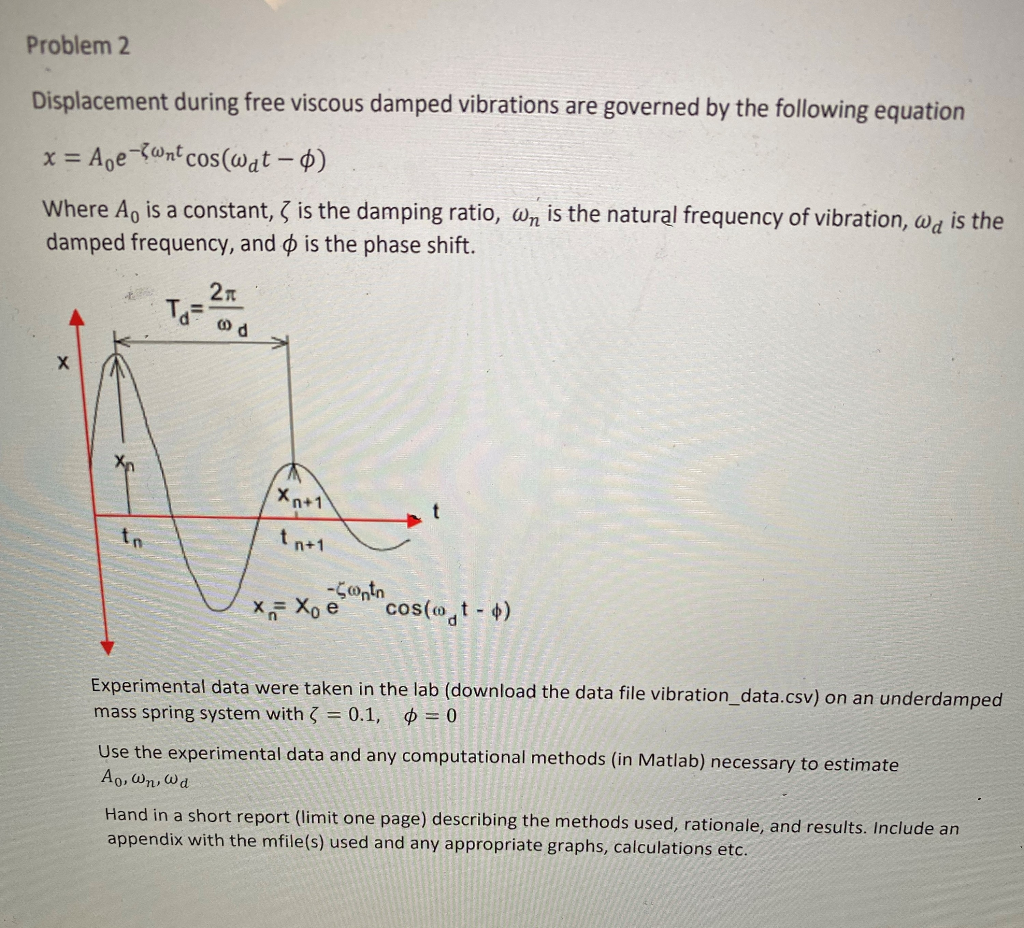
Line now gives the coordinates of a typical point on our line in terms of the parameter t. Let us now use the equation of the plane in Example 1 to find the point of intersection of the plane with the line through Since in this course we only want dot products of real-valued vectors, it helps instead to define realdot = v) u*transpose(v) To see the effect of this, we compute instead:ĩ*conj(x) - 10*conj(y) + 31*conj(z) - 112 We remark that the MATLAB's symbolic dot product assumes that the its arguments may be complex and takes the complex conjugates of the components of its first argument.

The equation of our plane is now planefunction = 0. Typical point on the plane, and compute the dot product of this vector with our normal. Next, we declare x, y, and z to be symbolic variables, create a vector whose components represent the vector from P1 to a

To our plane by taking the cross-product of two vectors parallel to the plane. If you wish to see MATLAB's response to these commands, you should delete the semicolons.

We begin by creating MATLAB arrays that represent the three points: P1 = We begin with the problem of finding the equation of a plane through three points. The mathematicalĬontent corresponds to chapter 11 of the text by Gulick and Ellis. In this published M-file, we will use MATLAB to solve problems about lines and planes in three-dimensional space.


 0 kommentar(er)
0 kommentar(er)
